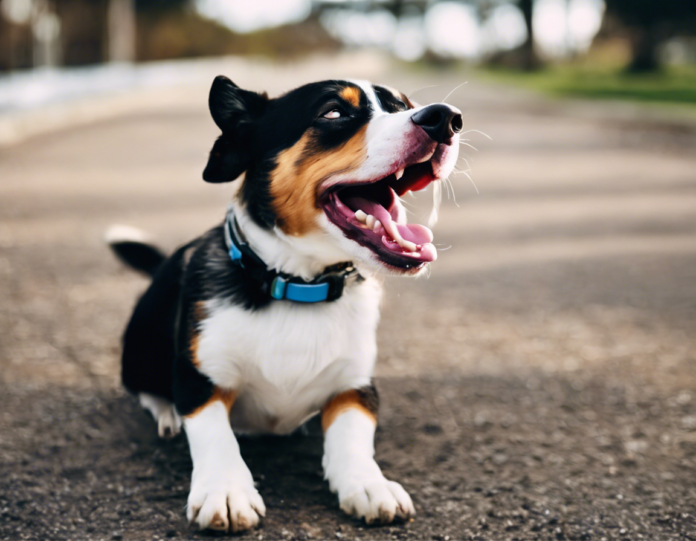Introduction
Dogs are known as man's best friend for a reason - they bring joy, love, and companionship into our lives. While we often focus on providing for their physical needs, such as food, water, and exercise, it is equally important to consider their emotional well-being. Just like humans, dogs benefit from laughter and joy, and learning how to make your furry friend laugh can strengthen your bond and provide endless entertainment.
Understanding Canine Communication
Before exploring ways to make your dog laugh, it is essential to understand how dogs communicate and express happiness. Dogs use a combination of body language, vocalizations, and facial expressions to convey their emotions. Tail wagging, playful barking, and a relaxed body posture are all signs of a happy and content dog.
The Science of Dog Laughter
While dogs may not laugh in the same way humans do, they do have their own form of laughter known as a "dog laugh." This sounds similar to panting and is typically accompanied by a play bow, where the dog lowers its front legs while keeping its hind end in the air. Research has shown that this playful behavior is a way for dogs to communicate and strengthen social bonds with both humans and other dogs.
Tips to Make Your Dog Laugh
1. Play Playful Games: Engage in fun games such as fetch, tug-of-war, or hide-and-seek to bring out your dog's playful side.
2. Tickle Them: Lightly tickling your dog's belly or gently scratching their favorite spot can elicit joyful reactions.
3. Use Funny Sounds: Dogs are often amused by silly noises, such as squeaky toys or high-pitched voices.
4. Do Silly Dances: Dancing around your dog or incorporating funny movements can spark laughter and excitement.
5. Provide Novel Toys: Introduce new toys or puzzle games to keep your dog mentally stimulated and entertained.
6. Play with Other Dogs: Organize playdates with other friendly dogs to encourage social interaction and laughter.
Benefits of Dog Laughter
1. Bonding: Laughter helps strengthen the bond between you and your dog, fostering a deeper connection.
2. Stress Relief: Just like humans, laughter can help reduce stress and anxiety in dogs, promoting emotional well-being.
3. Physical Health: Laughter and play help keep dogs physically active, maintaining their overall health and fitness.
4. Mental Stimulation: Engaging in playful activities stimulates your dog's mind, preventing boredom and behavioral issues.
FAQs
-
Can dogs really laugh?
Yes, while dog laughter may not be the same as human laughter, they do have their ways of expressing joy and amusement through playful behaviors and sounds. -
How can I tell if my dog is laughing?
Watch out for play bows, relaxed body language, and happy vocalizations such as barking or panting to gauge if your dog is feeling playful and joyful. -
Are there specific breeds that are more likely to laugh?
While all dogs are individuals with unique personalities, breeds known for their playful nature, such as Retrievers and Spaniels, may be more prone to laughter-like behaviors. -
What if my dog doesn't seem to laugh?
Not all dogs may overtly display laughter-like behaviors, but as long as your dog is happy, engaged, and enjoying playtime with you, that's what matters most. -
Can laughter help with behavioral problems in dogs?
Laughter and play can be effective in reducing stress and boredom, which are common triggers for behavioral issues in dogs. Engaging in playful activities can promote better behavior and overall well-being.
In conclusion, making your dog laugh is not only fun and entertaining but also beneficial for their emotional and physical health. By understanding your dog's communication cues and incorporating playful activities into your daily routine, you can nurture a happy and laughter-filled relationship with your furry companion.

